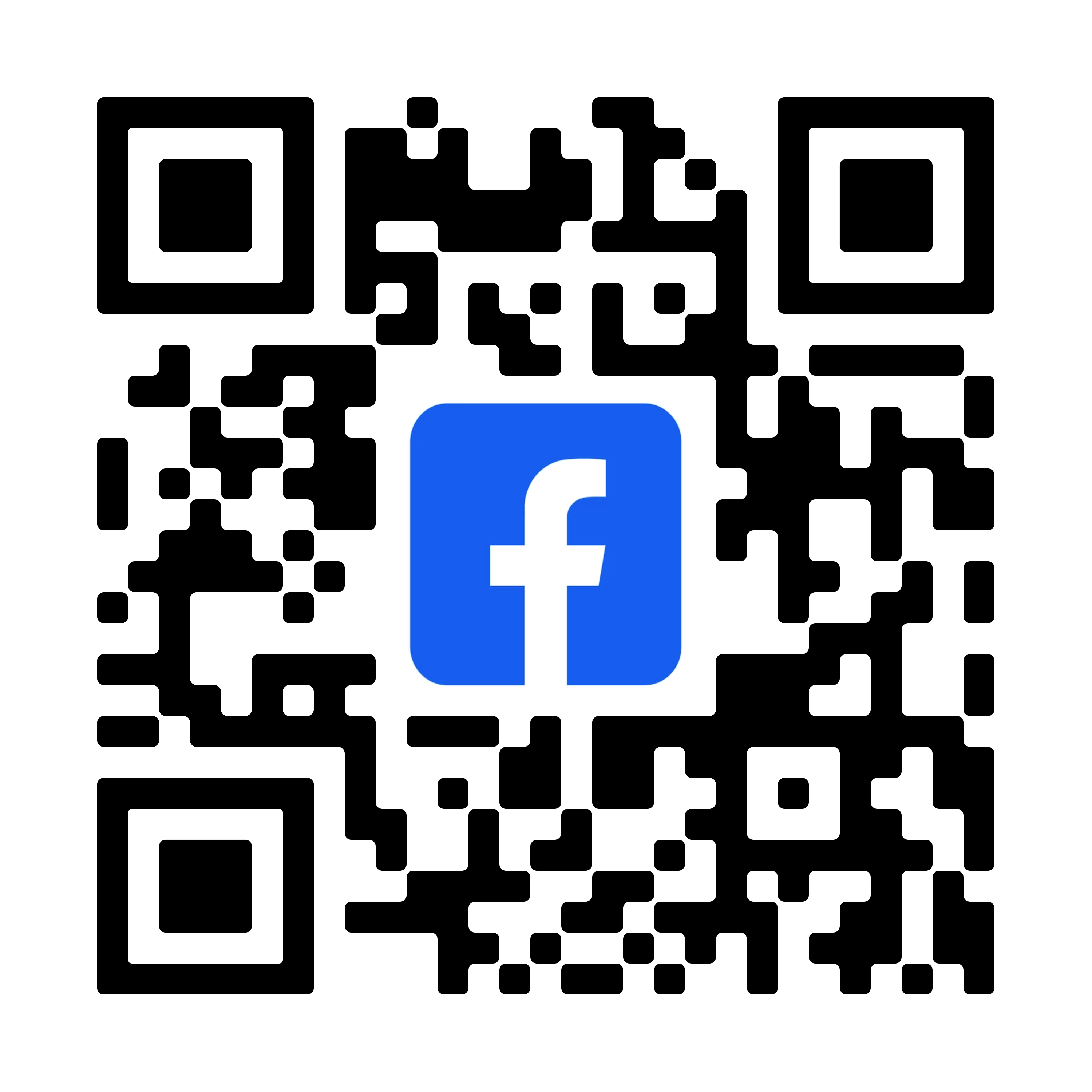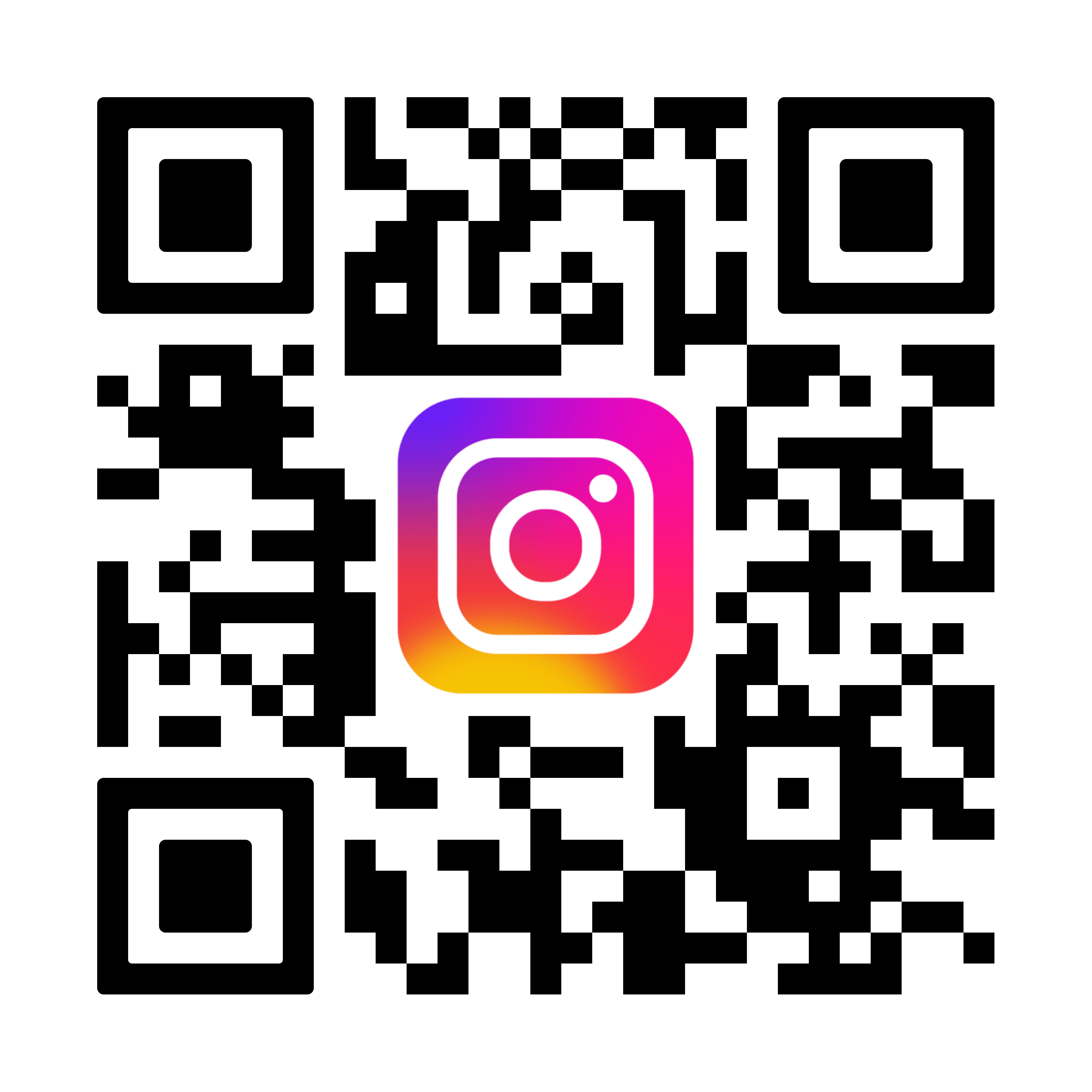Teaching Objectives:
This course aims to equip students with fundamental theories, methods, and practical applications of cross-cultural communication and public diplomacy. By the end of the course, students should be able to:
Understand the basic concepts, theoretical frameworks,and key factors of cross-cultural communication.
Master different communication models and techniques in diverse cultural contexts.
Gain insights into the principles, strategies,and case studies of public diplomacy.
Develop cross-cultural communication competence and adaptability in a globalized environment.
Apply analytical skills to case studies, enhancing their ability to engage in international affairs and public diplomacy.
Teaching Requirements:
Integration of Theory and Practice: Students will learn both theoretical foundations and real-world applications through case studies.
Interactive Teaching Approach: Methods such as group discussions, role-playing, and simulated negotiations will enhance engagement.
Development of Cross-Cultural Thinking: Students are encouraged to participate in international exchange projects and cultural communication activities.
Global Perspective Enhancement: The course will incorporate contemporary global trends in international communication.
Academic Research Skills: Students will be required to read scholarly articles, conduct independent research, and produce analytical reports.
Teaching Contents:
Part 1: Fundamentals of Cross-Cultural Communication
Introduction to Cross-Cultural Communication: Definitions, characteristics, and research scope.
Theoretical Models of Cross-Cultural Communication: Hofstede’s Cultural Dimensions, Hall’s High- and Low-Context Communication, etc.
Cultural Differences and Communication Barriers: Cultural conflicts, stereotypes, and biases.
Cross-Cultural Communication Skills: Non-verbal communication, cultural adaptation strategies.
Part 2: Theories and Practices of Public Diplomacy
Overview of Public Diplomacy: Definitions,evolution,and key models.
National Image and International Communication: Soft power and national branding.
New Media and Public Diplomacy: Digital diplomacy, the role of social media in global communication.
Case Studies in Public Diplomacy: Strategies of major countries (e.g., the U.S., China, the EU).
Part 3: Applied Cross-Cultural Communication and Public Diplomacy
International News and Discourse Power: Global media narratives and opinion shaping.
International Organizations and Cross-Cultural Communication: UN diplomacy, cultural initiatives.
Corporate and Cross-Cultural Public Relations: Global branding and cultural adaptation of multinational corporations.
Simulated Practices and Case Analyses: Cross-cultural negotiation, public relations campaigns, national image promotion.
Assessment Methods:
Class Participation (20%): Engagement in discussions, group activities, and case analyses.
Group Presentation (30%): A case study on cross-cultural communication or public diplomacy.
Midterm Exam (20%): Assessment of theoretical knowledge.
Final Research Paper (30%): Analytical report integrating course concepts.
This course provides students with a comprehensive understanding of global communication dynamics, preparing them for careers in international relations, public diplomacy, and cross-cultural business environments.
Text Book(s) and Reference Materials:
媒体外交:后全球化发展的现状与分析,作者: 吴非 主编
国际书号(ISBN): 9787519504823 出版社: 时事出版社
出版日期: 2022-06-01
Reference Materials for Cross-Cultural Communication and Public Diplomacy
I. Essential Books
1. Hall, Edward T. – *Beyond Culture* (1976)
- A foundational book on high-context and low-context cultures, discussing how culture shapes communication.
2. Hofstede, Geert & Hofstede, Gert Jan. – *Cultures and Organizations: Software of the Mind* (2010)
- Provides an in-depth analysis of cultural dimensions theory and its impact on communication and management.
3. Samovar, Larry A., Porter, Richard E., & McDaniel, Edwin R. – *Intercultural Communication: A Reader* (2016)
- A comprehensive collection of articles and case studies on intercultural communication.
4. Gudykunst, William B. & Kim, Young Yun. – *Communicating with Strangers:
An Approach to Intercultural Communication* (2003)
- A theoretical and practical approach to understanding cross-cultural interactions.
5. Cull, Nicholas J. – *Public Diplomacy: Foundations for Global Engagement in the Digital Age* (2019)
- Explores the evolution of public diplomacy, its strategies, and the role of digital platforms.
6. Snow, Nancy & Taylor, Philip M. – *Routledge Handbook of Public Diplomacy* (2008)
- A collection of scholarly essays examining public diplomacy from various perspectives.
7. Nye, Joseph S. – *Soft Power: The Means to Success in World Politics* (2004)
- Introduces the concept of soft power and its role in international relations and public diplomacy.
8. Zaharna, R. S. – *Battles to Bridges: U.S. Strategic Communication and Public Diplomacy after 9/11* (2010)
- Analyzes U.S. public diplomacy strategies and cross-cultural challenges.
II. Academic Journals
1. Journal of Intercultural Communication Research
- Publishes research on intercultural communication theory and applications.
2. International Journal of Communication
- Covers global media, cultural communication, and public diplomacy studies.
3. Place Branding and Public Diplomacy
- Focuses on national branding, image perception, and public diplomacy strategies.
4. Journal of International Communication
- Discusses media, diplomacy, and cross-cultural interactions in global affairs.
5. Public Relations Review
- Examines communication strategies used in diplomacy and corporate international relations.
III. Reports & Online Resources
. Pew Research Center (www.pewresearch.org)
- Provides studies on global attitudes, communication trends, and diplomacy.
2. BBC Media Action (www.bbcmediaaction.org)
- Reports on the role of media in public diplomacy and cross-cultural communication.
3. Soft Power 30 Report (softpower30.com)
- Annual ranking of countries based on their soft power influence.
4. U.S. Department of State – Public Diplomacy Reports (www.state.gov)
- Insights into American public diplomacy initiatives.
5. United Nations Communication and Public Diplomacy Resources (www.un.org)
- Information on UN-led communication campaigns and cultural diplomacy.
These materials provide a strong foundation for understanding both theoretical and practical aspects of cross-cultural communication and public diplomacy.
Credits:2






